In this blog post, we critically evaluate the fire performance of polymers in construction and provide valuable insights to help professionals make informed decisions.
As someone who has witnessed firsthand the destruction caused by fires in buildings, I decided to delve deeper into this topic.
In this blog post, I will take you on a journey through my research and critical evaluation of the fire performance of polymers in construction. We’ll explore what makes them vulnerable to fire and what measures can be taken to mitigate these risks.
So buckle up and join me on this informative ride as we uncover everything you need to know about polymer fire performance in construction!
Polymer Types in Construction
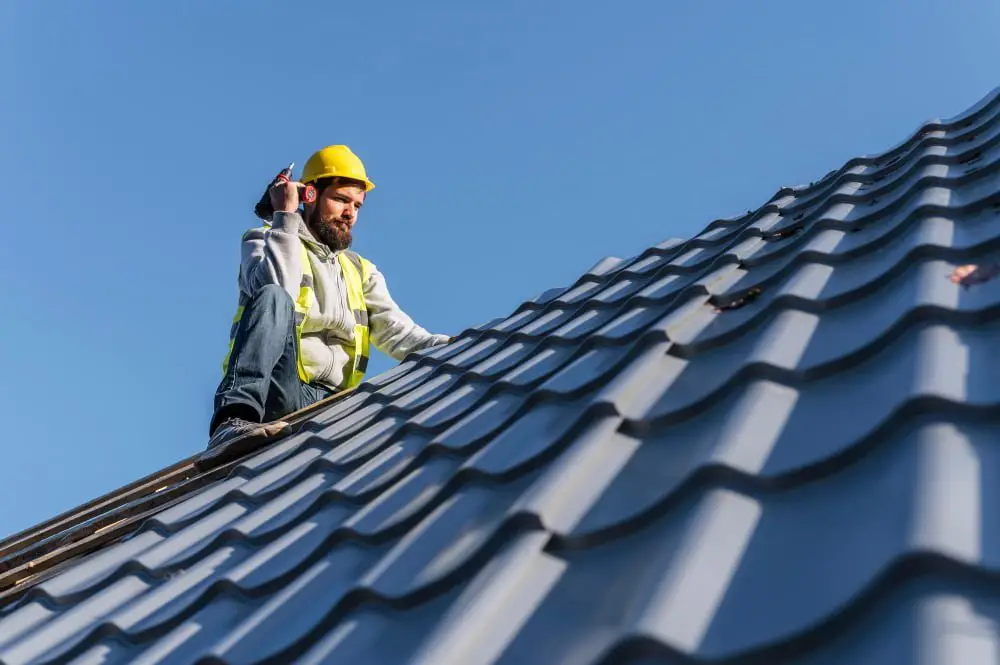
Polymers are a diverse group of materials that have found their way into many aspects of our lives, including construction. They can be used for everything from insulation to roofing and even structural components.
Some common polymers used in construction include polyethylene (PE), polypropylene (PP), polystyrene (PS), and polyvinyl chloride (PVC).
However, despite their versatility, there is growing concern about the fire performance of these materials when used in buildings. As we saw earlier, fires can cause significant damage to structures and put people’s lives at risk.
This is where critical evaluation comes into play – it’s essential to understand how different types of polymers behave under fire conditions so that appropriate measures can be taken to ensure safety.
In the next section, we’ll explore some key factors that affect polymer flammability and what steps can be taken to improve their fire performance. So let’s dive deeper!
Fire Performance Metrics
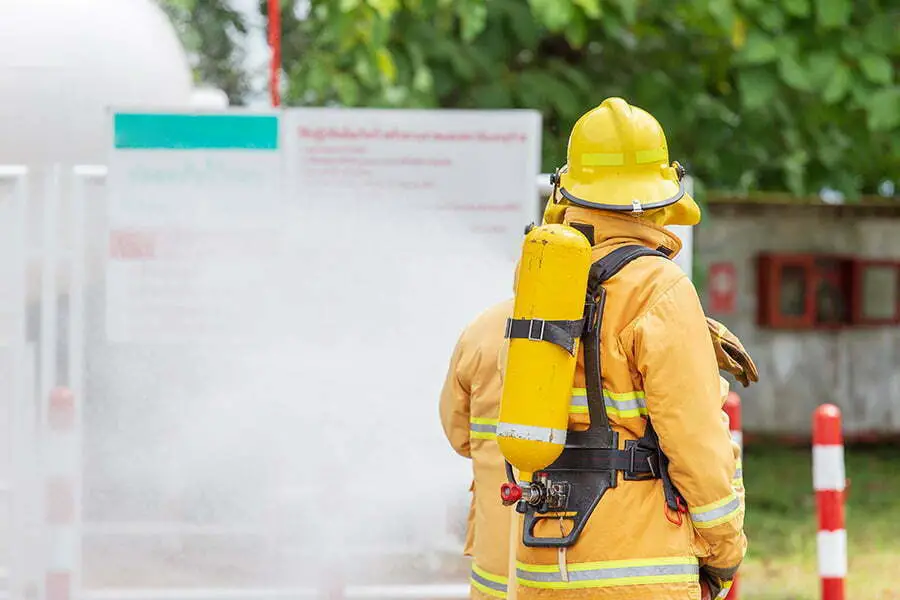
When it comes to evaluating the fire performance of polymers, there are several metrics that need to be considered. These metrics help us understand how a material will behave in the event of a fire and what measures can be taken to prevent or mitigate its spread.
One such metric is flame spread rating (FSR), which measures how quickly flames will travel across the surface of a material. Another important metric is smoke development rating (SDR), which indicates how much smoke a material will produce when exposed to heat or flames.
Understanding these various metrics for measuring polymer’s response during fires can help us make informed decisions about their use in construction projects while ensuring safety standards are met at all times.
Flammability of Polymers
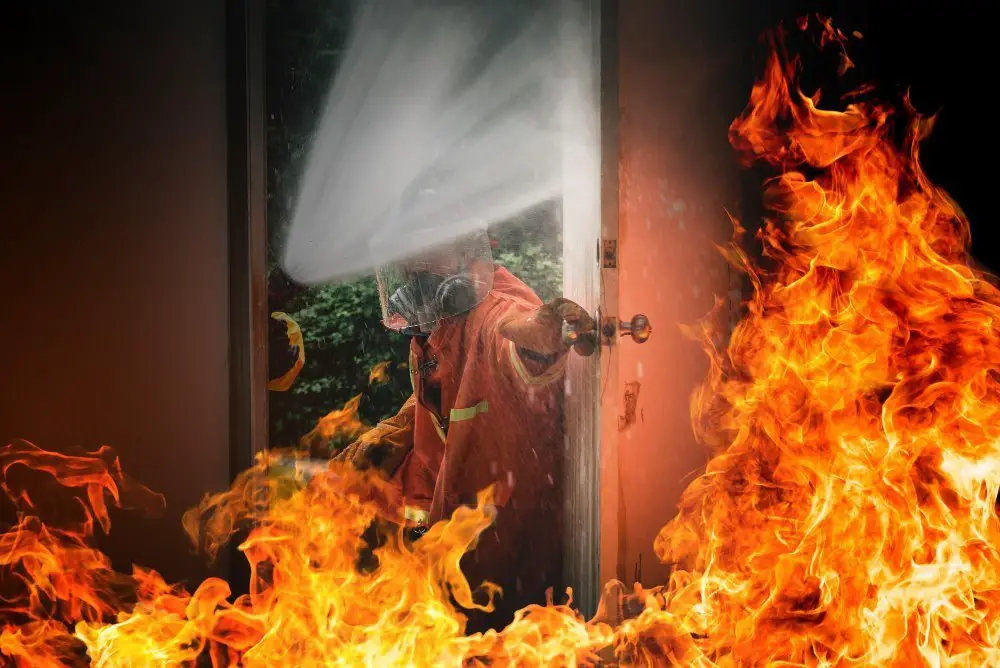
Polymers are widely used in the construction industry due to their excellent mechanical properties, low cost, and ease of processing. However, one major concern with polymers is their flammability. Polymers can ignite easily and burn rapidly once ignited.
As a construction expert who has seen firsthand the devastating effects of fires on buildings, I decided to investigate this issue further. My research revealed that the flammability of polymers depends on several factors such as chemical composition, molecular weight distribution, thermal stability and processing conditions.
For instance, some polymer materials like polyethylene (PE) have a lower ignition temperature than others like polypropylene (PP). Additionally additives such as flame retardants can be added during manufacturing process to improve fire performance but these may also affect other properties such as strength or durability.
It’s important for those in the construction industry to understand how different types of polymers behave when exposed to fire so they can make informed decisions about which materials are best suited for specific applications. In my next section we’ll explore what happens when polymers burn and how it affects building safety measures.
Smoke Emission & Toxicity
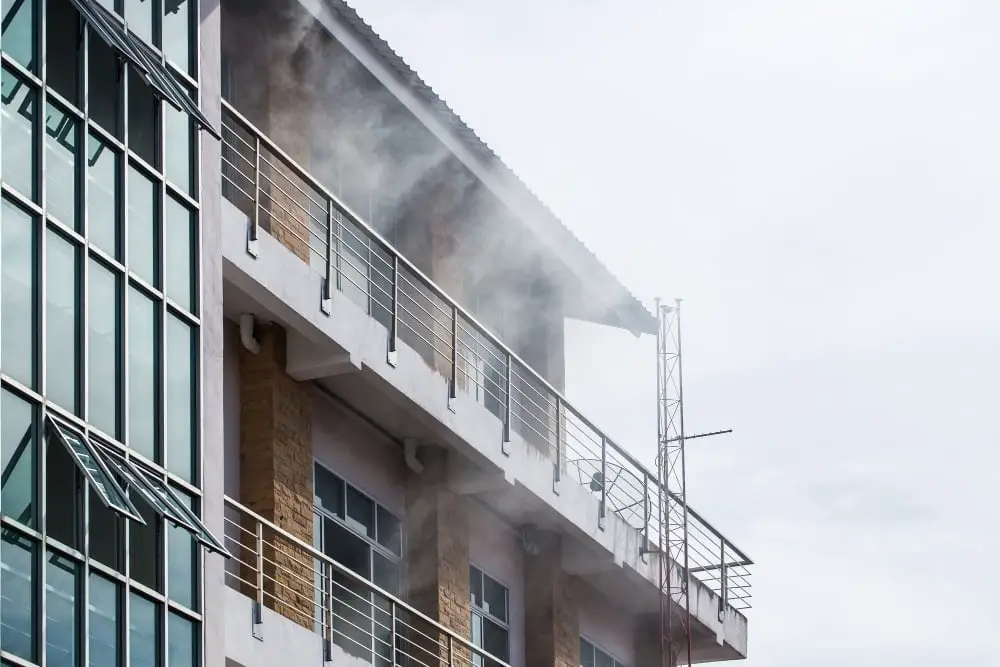
When it comes to fire safety in construction, smoke emission and toxicity are equally important factors to consider. In the event of a fire, smoke can quickly fill up a building and make it difficult for occupants to escape.
Toxic gases released by burning materials can cause serious health problems or even death.
Polymers have been known to emit large amounts of thick black smoke when they catch fire. This is because most polymers contain carbon-based compounds that produce soot when burned.
The amount of soot produced depends on the type of polymer used as well as its thickness.
Furthermore, some polymers release toxic gases such as hydrogen cyanide (HCN) and carbon monoxide (CO) when they burn. These gases can be lethal even in small concentrations and pose a significant risk to anyone trapped inside the building during a fire.
As we continue our evaluation on polymer’s performance under extreme heat conditions, we must take into account not only their flammability but also their potential impact on human life due to smoke emissions & toxicity levels.
Fire Retardant Additives
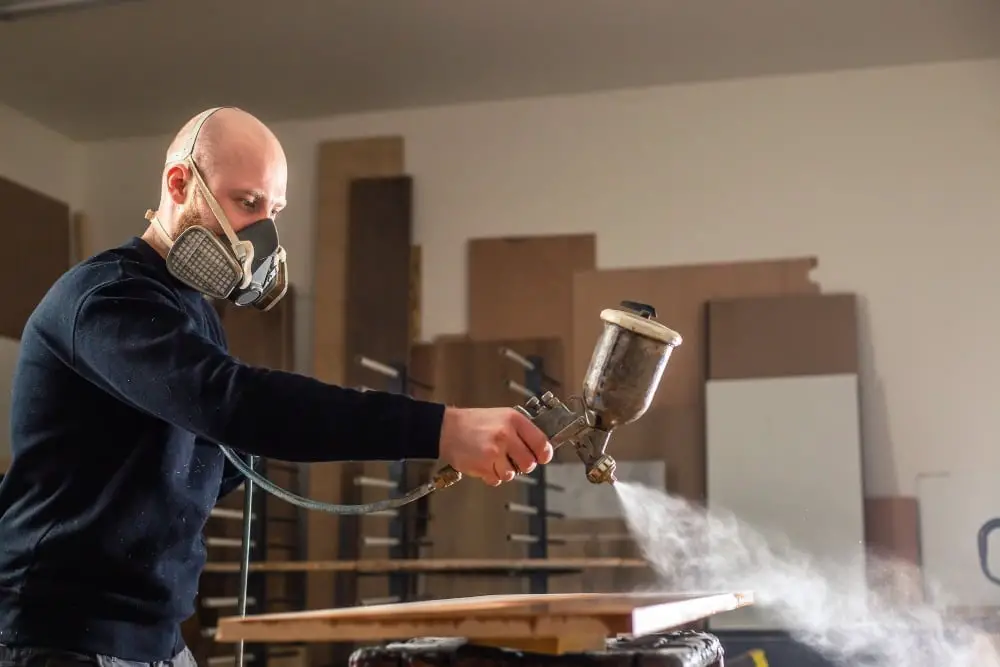
One of the ways to improve the fire performance of polymers is through the use of fire retardant additives. These are chemicals that can be added to polymers during manufacturing or as a coating after production.
The purpose is to reduce their flammability and slow down combustion in case of a fire.
However, not all fire retardant additives are created equal, and some may have adverse effects on other properties such as mechanical strength or durability. Therefore, it’s crucial for construction professionals to understand which type of additive works best for each application.
During my research on this topic, I discovered that there are several types of flame-retardant additives available in the market today. Some common examples include halogenated compounds like bromine and chlorine-based chemicals; phosphorus-based compounds like ammonium polyphosphate (APP) or red phosphorus; intumescent agents such as expandable graphite; among others.
Each type has its advantages and disadvantages depending on factors such as cost-effectiveness, environmental impact concerns, regulatory compliance requirements etcetera. While adding flame-retardants can help improve polymer’s resistance against fires significantly but choosing an appropriate one requires careful consideration based upon various factors mentioned above before making any decision regarding its usage in construction projects
Testing Standards & Regulations
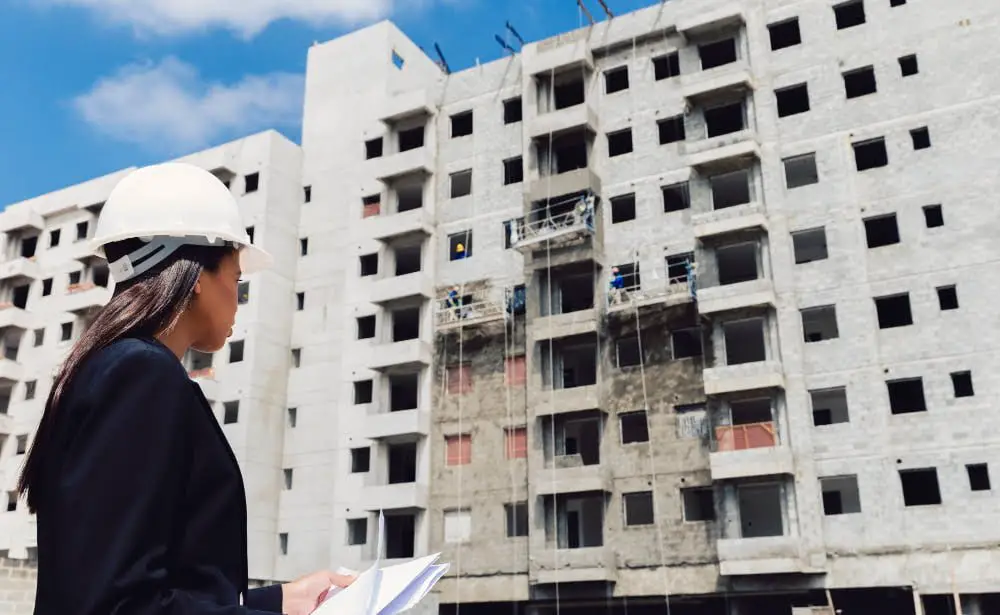
When it comes to fire performance, testing standards and regulations play a crucial role in ensuring the safety of buildings. In the construction industry, there are several tests that polymers must undergo to determine their fire resistance properties.
One such test is the ASTM E84 standard test method for surface burning characteristics of building materials. This test measures how quickly flames spread across a material’s surface and its ability to resist ignition.
Another important regulation is the European Union’s Construction Products Regulation (CPR), which requires manufacturers to provide information on their products’ reaction-to-fire performance. The CPR also sets out specific requirements for testing methods and classification systems used in assessing polymer materials’ fire behavior.
As someone who has worked extensively with polymers in construction projects, I understand how critical it is for these materials to meet regulatory standards before being used in any building project. It gives me peace of mind knowing that we’re using safe and reliable products that have undergone rigorous testing procedures.
Understanding these regulations can help ensure you choose high-quality polymer-based products with excellent fire-resistant properties when planning your next construction project.
Case Studies: Polymer Fires
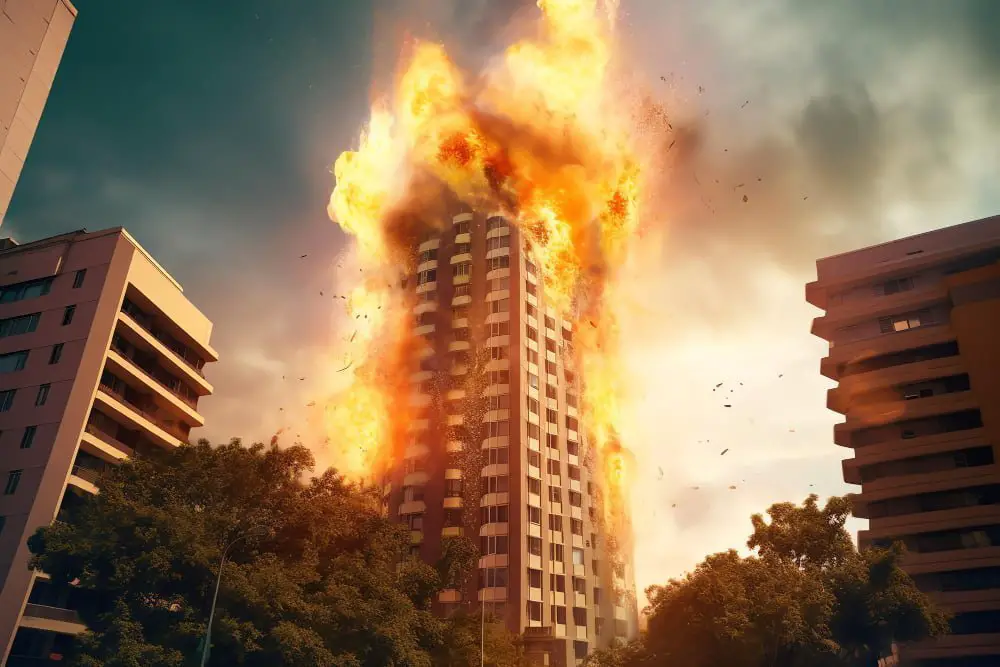
As promised, let’s dive into some case studies to understand the real-world implications of polymer fires in construction. One such incident occurred in 2017 when a high-rise building caught fire in Dubai.
The building was clad with aluminum composite panels (ACPs) that contained polyethylene cores, which are highly flammable polymers. The fire spread rapidly through the ACPs and engulfed the entire building within minutes.
Fortunately, no lives were lost due to timely evacuation measures taken by authorities. Another example is from London’s Grenfell Tower tragedy where a similar cladding system was used on the exterior of the tower block leading to one of Britain’s worst modern disasters killing 72 people.
These incidents highlight how crucial it is for builders and architects to consider not only durability but also fire performance when selecting materials for construction projects. It also emphasizes why critical evaluation and testing should be done before using any new material or product on buildings intended for human habitation or use.
While polymers have many benefits as construction materials like being lightweight yet strong; their vulnerability towards fires cannot be ignored. As an industry expert who has seen firsthand how devastating these incidents can be – I urge all stakeholders involved in constructing buildings always prioritize safety over cost-cutting measures while choosing materials that will go into them!
Design Strategies for Safety
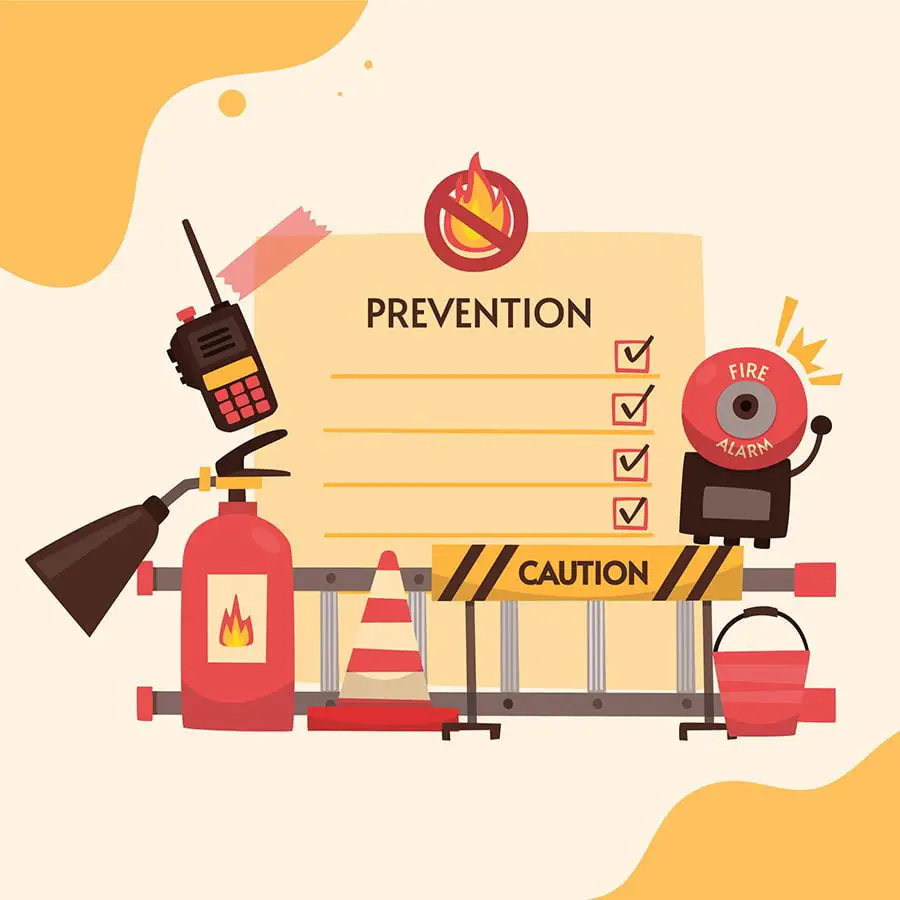
As I delved deeper into the fire performance of polymers, it became clear that design strategies play a crucial role in ensuring safety. One such strategy is to limit the use of combustible materials in high-risk areas.
For instance, using non-combustible materials for cladding and insulation can significantly reduce the spread of fire. Another effective design strategy is compartmentalization.
This involves dividing buildings into smaller compartments with fire-resistant walls and doors to contain fires within a specific area and prevent them from spreading throughout the building. Incorporating automatic sprinkler systems can help control fires before they get out of hand while providing occupants with more time to evacuate safely.
It’s essential for architects and engineers to consider these strategies when designing structures that incorporate polymers or any other combustible material. By doing so, we can ensure that our buildings are not only aesthetically pleasing but also safe from potential hazards like fires.
Understanding how different materials perform under various conditions is critical when designing structures meant for human habitation or commercial purposes.
Recap




